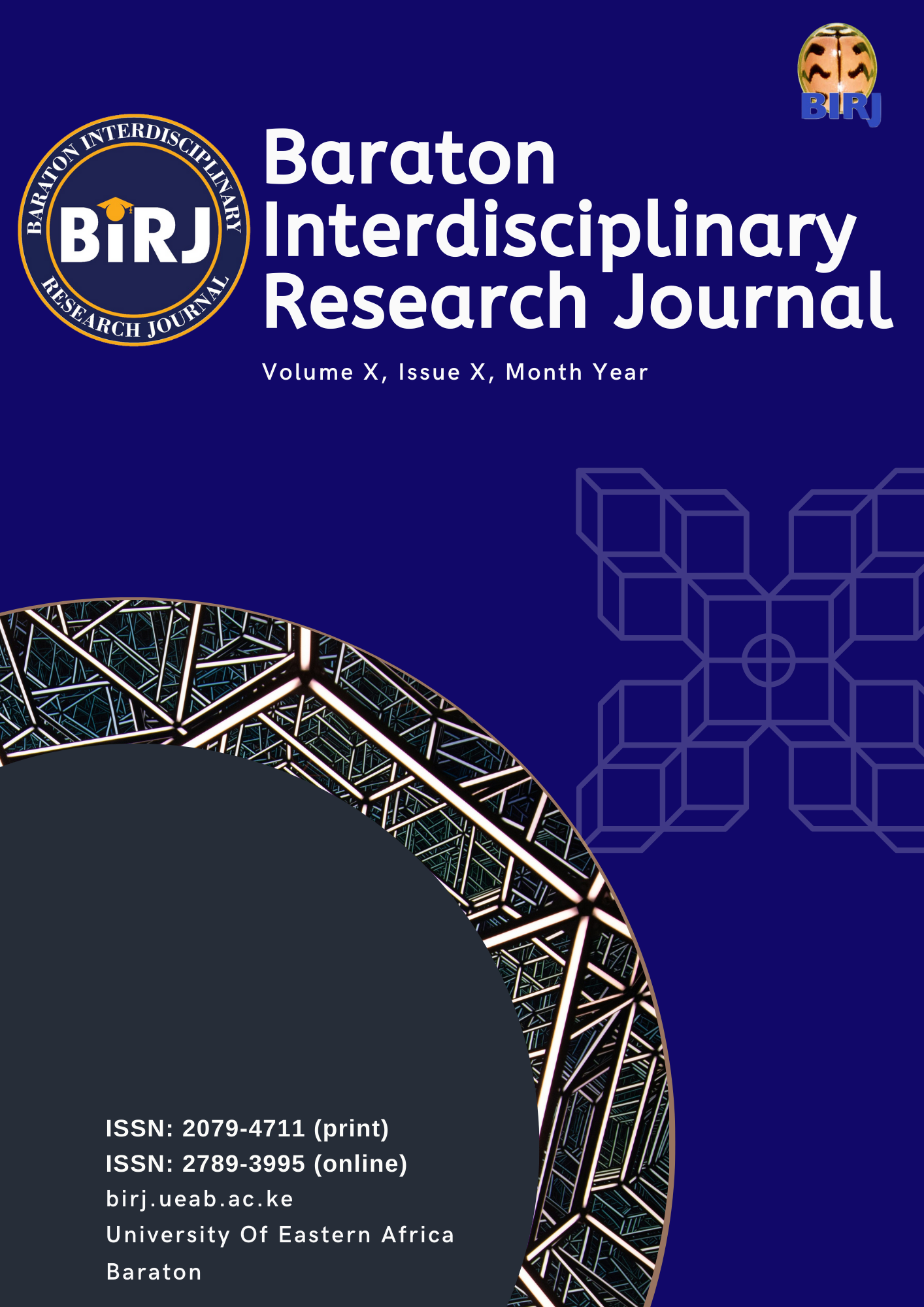REFLECTING ON GROUP DYNAMIC APPROACH TO MANAGEMENT OF CONFLICT IN PUBLIC UNIVERSITIES IN KENYA
Keywords:
Conflict, management, academic staff, students, group dynamic approachAbstract
Conflict can result into a crisis in an organization if there is no best approach to resolve conflict. Conflict may
arise when educational philosophies, treatment approaches or service delivery strategy is incompatible. This
often lead to prevalence conflict between communities, departments within institutions of higher learning and
student who are the main consumers of education product. Organization with structure that allows at least two
units to share functional boundaries are bound to experience conflict. Conflicts are almost inevitable in public
universities due to organizational structures for both staff and students who share functional boundaries
through exchange of knowledge. In Universities situations, conflicts occur between “functional Partners”
academic and administrative staff; academic staff of departments with faculty; administrative staff and the
workers’ unions and also between administrative and students performance. Understanding the consequences
of organizational conflict as well as its antecedent provides the organizational designer or manager with
additional insights necessary to achieve optimal performance. This paper discusses conflict episodes in relation
to antecedent and consequences; Identifies approaches used by the Vice chancellors in resolving conflict and
also its presents an approach that can be used by universities in Kenya in dealing with conflicts that involves
two intra – organization units. The paper presents a hypothetical treatment of an academic staff and registrars’
conflict as a test on whether group dynamic approach can work.
Downloads
Published
License
License Terms
All articles published in the Baraton Interdisciplinary Research Journal (BIRJ) are licensed under a Creative Commons Attribution-NonCommercial-ShareAlike 4.0 International License (CC BY-NC-SA 4.0).
This license permits users to share (copy and redistribute) and adapt (remix, transform, build upon) the material for non-commercial purposes, provided that proper attribution is given to the original authors, a link to the license is included, and any derivative works are distributed under the same license.
Full license details: https://creativecommons.org/licenses/by-nc-sa/4.0/
Most read articles by the same author(s)
- James Ochieng Sika, Constatine Wesonga Opiyo, INTEGRATED STRATEGIC MANAGEMENT PRACTICES AND PERFORMANCES OF PUBLIC AND PRIVATE UNIVERSITIES IN KENYA , Baraton Interdisciplinary Research Journal: Vol. 7 (2017): Special Issue

